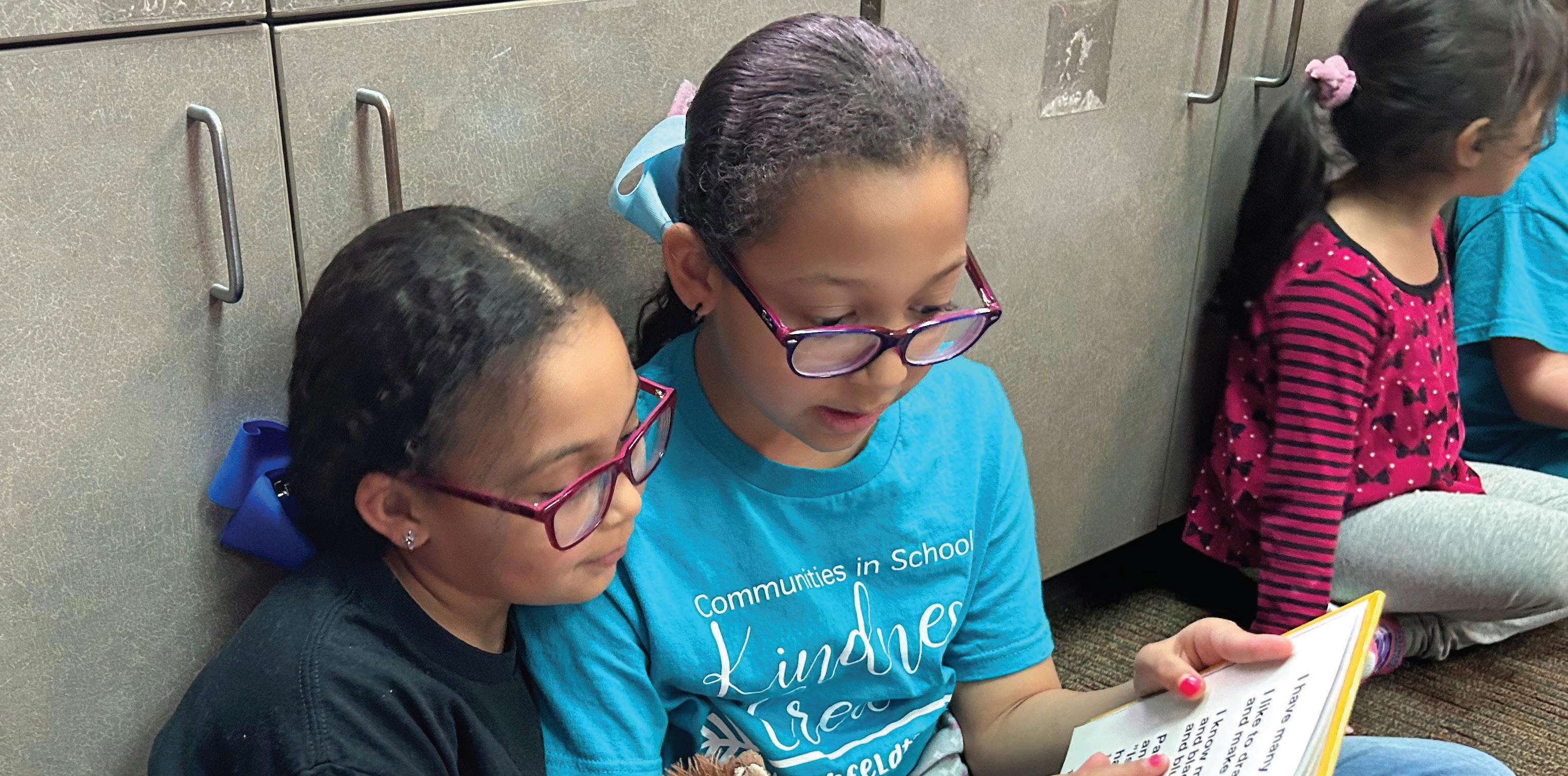
3 minute read
GETTING A SUCCESSFUL START
For many Texas City ISD students, their first exposure to the classroom comes on the first day of kindergarten when they step foot inside the halls of a school for the very first time. It’s an exciting time, and possibly a scary one as they experience new things. Often, not only is it new for the students, it’s also new for their parents.
So, how can parents help their students navigate these new changes and experiences so they can have a successful first school year? Guajardo Elementary kindergarten teacher Marla Iles said practicing a few basics to get them started goes a long way.
“The first two or three weeks of kindergarten is really just practicing,” she said. “How to hang up a backpack, how to put your folder in a box, how to take turns, share, and follow procedures like lining up; pretty much anything they need to know.”
Iles said parents can practice those skills at home as well, so their students develop the habits. One suggestion is to have students practice one or two-step directions, like go get their shoes and put them in the closet.
Another thing Iles said teachers find is that many kindergartners haven’t developed the fine motor skills necessary to correctly hold a pencil or use scissors. Playing with Playdough, tearing pieces of paper and practicing tracing squiggly lines or cutting pictures out of a magazine can help build a student’s hand muscles. Practicing opening their lunch items is also helpful.
Kindergarten is the time to get a jumpstart on learning and Iles said there’s a lot that students will learn during their first year in school – counting, saying their ABCs, shapes and more. By the time a student leaves kindergarten, they should be able to read three lines per page, count to 100, count backwards from 20, identify their shapes and identify coins.
“Practice their sight words, practice counting, practice saying their ABCs and not singing them, count and sort pennies and have them tell you how many,” Iles said. “If parents do easy things like that that they can do one-on-one with their kid, it will help them keep up.”
For parents getting younger kids ready to come into kindergarten next year, Iles had a few suggestions as well. Have your child practice sitting for 5-10 minutes and give them simple directions to follow. Lots of hands-on activities are beneficial as well, including holding a pencil and sorting and picking things up.
“Give them a pair of tweezers and have them pick things up just to build those fine motor skills,” she said. “It will do so much to get them ready.”










